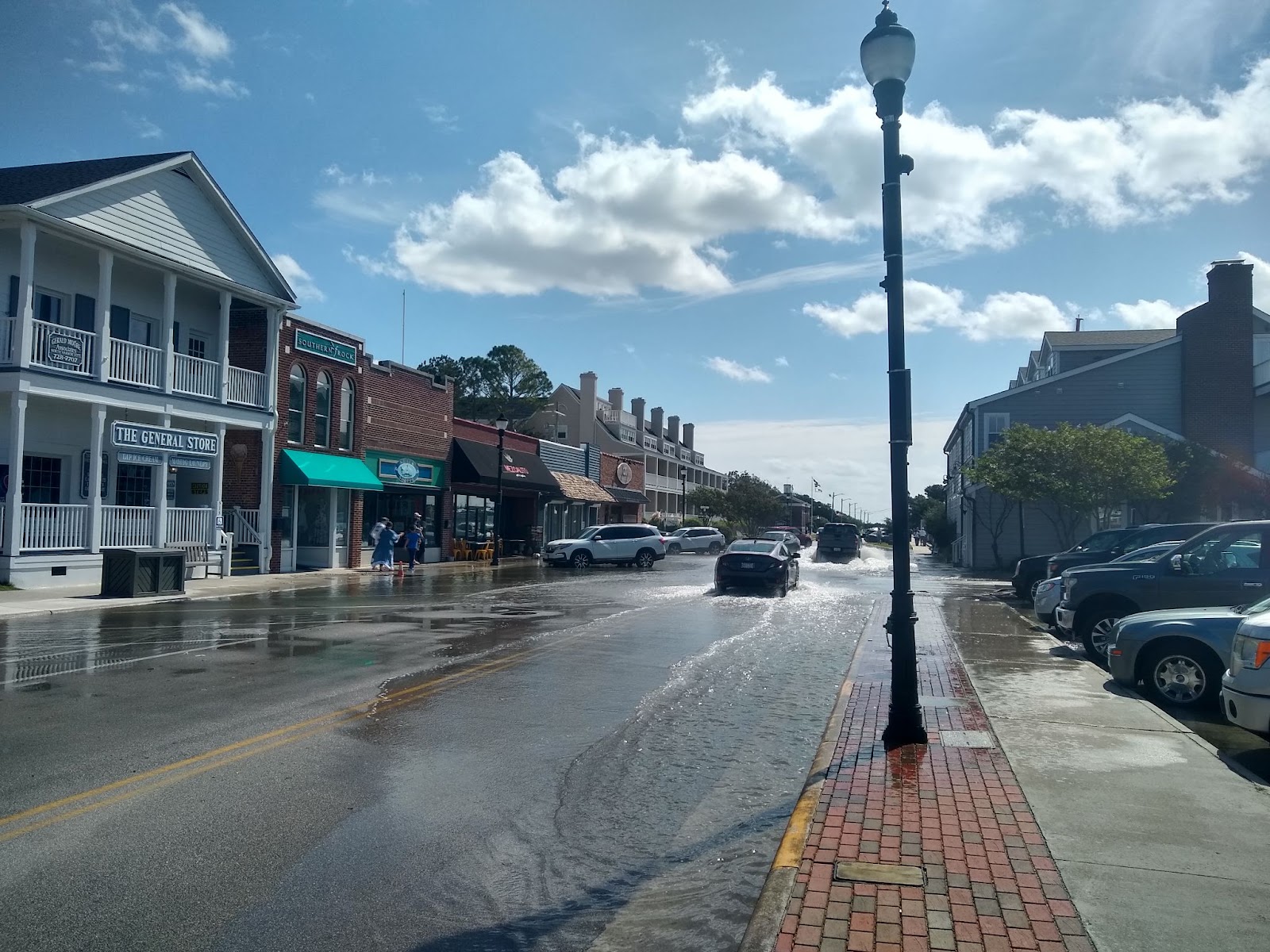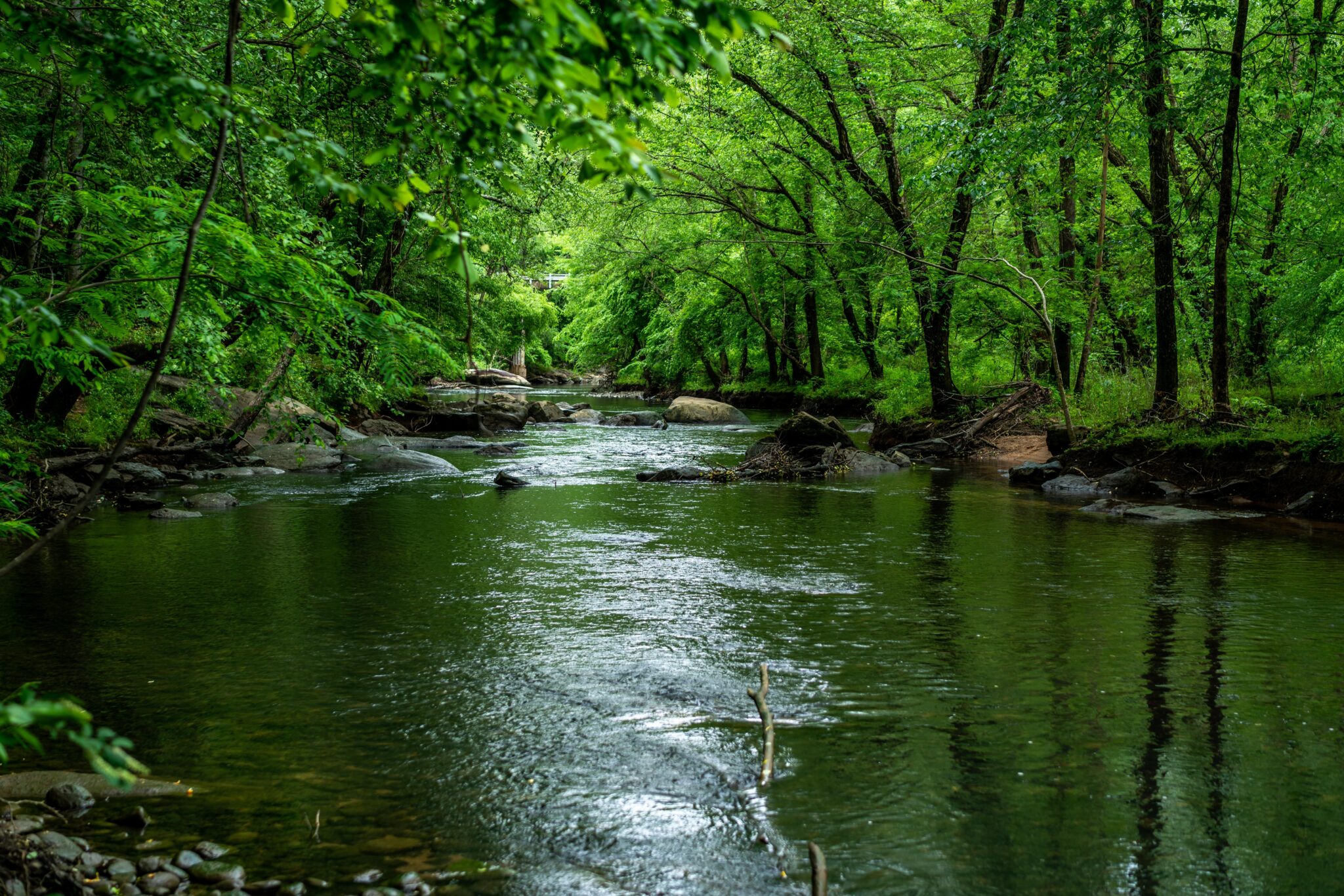New Projects Study Oyster, Shrimp and Crab Populations
FOR IMMEDIATE RELEASE
Contact: John Fear, jmfear@ncsu.edu; or Katie Mosher, kmosher@ncsu.edu
Three new North Carolina Sea Grant projects are studying impacts on the state’s oyster, brown shrimp, and blue crab populations. The projects will meet key needs identified by state agencies that manage natural resources.
John Fear, North Carolina Sea Grant’s deputy director, says discussions with directors of various agencies and review of the state’s Coastal Habitat Protection Plan informed the design of these projects.
“We recognize up front that this opportunity, with its limited funding, will cover only a small percentage of the vast listing of research needs from our agency partners,” Fear notes. “Additional needs identified in our recent discussions will continue to feed into our future research funding opportunities.”
Scientists from the University of North Carolina at Chapel Hill, East Carolina, and NC State University will lead these one-year projects.
Nathan Hall of UNC-CH will examine the impacts of water quality on oyster recovery and restoration. In particular, his team will study how raphidophyte, a harmful algal bloom species, affects oyster recruitment to the New River Estuary.
Hall’s findings will have implications for estuarine ecosystem management and subsequent projects that support oyster restoration and protection. He also plans educational outreach for K-12 students on oysters, water quality, and healthy estuarine ecosystems.
James Morley of ECU will address a gap in current research by studying the influence of environmental factors on brown shrimp recruitment. Morley will examine differences in the effects of climate on shrimp in the Pamlico Sound, as well as in 13 North Carolina tidal creeks.
His team, including undergraduate and graduate students, also will conduct interviews with commercial shrimpers about factors that affect species abundance and availability. The study’s practical implications are expected to include if and how shrimp serve as an indicator of climate change.
Jim Cao of NC State will study blue crab populations, a keystone species in our coastal system. He will focus on how water temperature, salinity, dissolved oxygen and chemical contaminants affect the blue crab population over the long term.
Through Cao’s project, graduate students will have training in marine biology, ecology, chemical contamination, statistics, modeling, and fishery management. The results are expected not only to help to inform management of the blue crab fishery during climate change and coastal urbanization, but also to provide insight into coastal conservation efforts.
North Carolina Sea Grant will provide updates on these projects through news releases, blogposts, social media (Facebook and Twitter), and Coastwatch magazine.
For more information on funding opportunities from North Carolina Sea Grant, visit:
ncseagrant.ncsu.edu/funding-opps/
##
North Carolina Sea Grant: Your link to research and resources for a healthier coast
- Categories:


